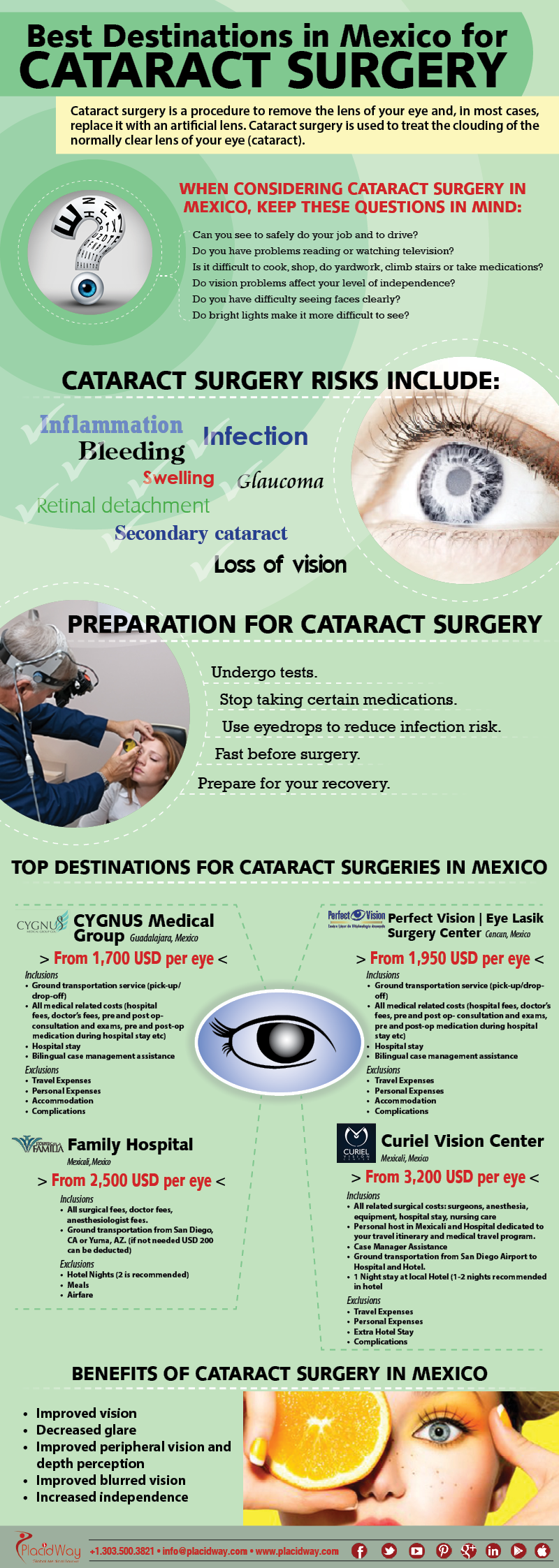Explore An Interesting Exploration Right Into The Background Of Cataract Surgical Treatment Approaches That Are Changing The Field Of Eye Health And Wellness
Explore An Interesting Exploration Right Into The Background Of Cataract Surgical Treatment Approaches That Are Changing The Field Of Eye Health And Wellness
Blog Article
Author-Mcfadden Kearney
As you explore the development of advanced cataract surgical procedure strategies, you'll witness a journey noted by ingenuity and accuracy. From ancient methodologies that paved the way for modern developments to sophisticated modern technologies that are changing the field, the comprehensive review of cataract surgical procedure techniques is a testament to human development and commitment to boosting patient end results. The elaborate interplay in between historic strategies and futuristic developments creates a fascinating narrative that sheds light on the evolution of among one of the most common surgical procedures worldwide.
Historic Methods and Advancements
Discover how early specialists changed cataract treatment by using ingenious methods and tools. In cataract surgery what's involved , cataract surgical treatment was a dangerous and agonizing treatment. Nonetheless, old Indian physicians were amongst the very first to attempt medical treatments for cataracts, using a strategy called 'couching' where a sharp tool was made use of to push the cataract back right into the eye. This method, though crude by today's requirements, laid the groundwork for future innovations in cataract surgery.
As time progressed, Arab doctors made considerable contributions by developing specialized needles for cataract removal. These needles were used to puncture the cataract and after that remove it from the eye, marking a substantial renovation in surgical accuracy.
Later, in the 18th century, the French doctor Jacques Daviel pioneered the technique of extracapsular cataract removal, where the whole lens was gotten rid of intact via a larger incision. This noted a major innovation in cataract surgical treatment methods, paving the way for the modern-day treatments we use today.
Modern Surgical Approaches
Early techniques in cataract surgical procedure have evolved substantially, bring about the growth of modern-day surgical methods that prioritize precision and boosted individual outcomes. Modern cataract surgical procedure currently usually entails a treatment called phacoemulsification, where an ultrasonic device separate the cataract for elimination via a tiny cut. https://monovision-definition52739.blog2news.com/29818031/creating-a-dry-eye-relief-routine-regular-practices-that-enhance-your-eye-comfort enables quicker recovery and decreases the threat of complications contrasted to older methods.
In addition, making use of innovative intraocular lenses (IOLs) has changed cataract surgery results. These lenses can fix not only the cataract but also various other refractive errors like astigmatism, decreasing the requirement for glasses post-surgery.
Surgeons today additionally have access to innovative imaging technologies that help in exact preoperative planning and intraoperative decision-making. Optical coherence tomography (OCT) and other imaging techniques offer comprehensive pictures of the eye's structures, allowing for a much more customized approach to every client's surgery. With these improvements, modern-day cataract surgery strategies remain to improve, using individuals more secure procedures and better aesthetic outcomes.
Emerging Technologies in Cataract Surgical Treatment
With developments in technology reinventing the area, cataract surgical procedure is experiencing the combination of ingenious strategies for improved patient end results. Arising innovations in cataract surgical procedure are reshaping the landscape of ophthalmic procedures. One such improvement is femtosecond laser innovation, which allows for exact corneal cuts, capsulotomies, and lens fragmentation, causing enhanced medical precision and results.
In addition, intraoperative aberrometry is obtaining popularity, allowing real-time dimensions of refractive mistakes during surgery to boost intraocular lens power estimations and decrease postoperative refractive shocks.
Moreover, the use of innovative imaging technologies like optical comprehensibility tomography (OCT) and intraoperative wavefront aberrometry aids specialists in accurate surgical preparation and implementation. These devices supply thorough physiological details and aid tailor medical techniques for each individual's one-of-a-kind eye qualities.
Moreover, advancements in artificial intelligence are being explored to assist in preoperative preparation, intraoperative decision-making, and postoperative treatment, possibly optimizing surgical outcomes and individual complete satisfaction. Accepting these emerging technologies in cataract surgery holds assurance for additional enhancing client results and guaranteeing the continued evolution of ocular medical methods.
Conclusion
As you journey via the background of cataract surgery, you witness the makeover from old techniques to sophisticated modern technologies. Like a phoenix metro increasing from the ashes, cataract surgical procedure has actually developed right into a beacon of hope and development.
Just as a caterpillar emerges from its cocoon as a beautiful butterfly, cataract surgery has actually thrived right into a refined art form, offering people clearer vision and a brighter future.
The development continues, shining a light on limitless opportunities.
